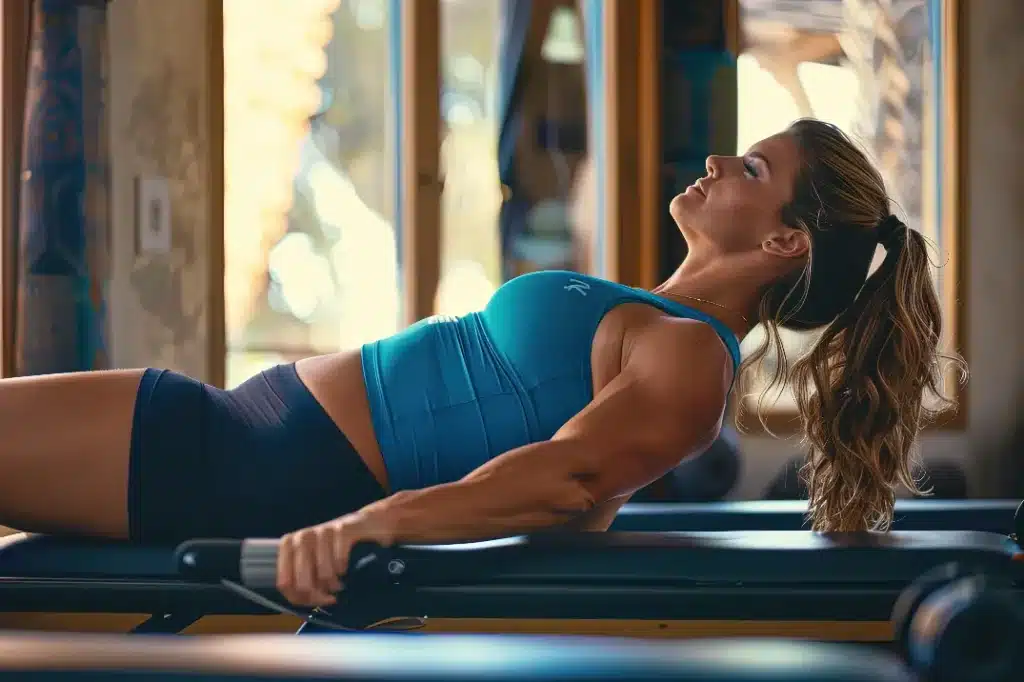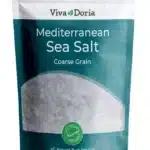Explore how Contemporary Pilates fuses traditional techniques with modern innovation. It transforms workouts, focusing on individualized, dynamic mind-body fitness.
Evolution of Pilates
The evolution of Pilates began in the early 20th century with the innovative work of Joseph Pilates. Joseph Pilates developed a system of exercises known as classical Pilates, focusing on the mind-body connection, core strength, flexibility, and overall body conditioning. His methods were initially popular among dancers and performers for its ability to enhance physical fitness and rehabilitate injuries.
Over time, Pilates has evolved into contemporary practices that incorporate modern knowledge of anatomy, physiology, and exercise science. Contemporary Pilates still maintains the core principles of classical Pilates but has been adapted to suit a wider range of individuals, including athletes, seniors, and individuals recovering from injuries. This modern approach to Pilates integrates equipment such as reformers, stability balls, and resistance bands to add variety and challenge to the workouts.
Whether you prefer the classical approach with its traditional exercises and focus on precision or the contemporary style that incorporates new techniques and equipment, Pilates offers a holistic workout that benefits both the body and the mind.
Principles of Contemporary Pilates
As you explore the realm of contemporary Pilates, the foundational principles serve as the core pillars guiding your practice and progress. While classical Pilates focuses on specific sequences and movements developed by Joseph Pilates himself, contemporary Pilates has evolved to incorporate a more diverse range of exercises and equipment.
In classical Pilates, the emphasis lies on precise movements, control, centering, concentration, precision, breath, and flow. These principles are essential in developing strength, flexibility, and body awareness. However, contemporary Pilates builds upon these foundations by integrating modern knowledge of anatomy and exercise science.
Contemporary Pilates not only respects the classical principles but also adapts them to meet the needs of individuals with varying fitness levels, abilities, and goals. It encourages creativity and innovation in the practice while staying true to the essence of Pilates. By blending classical and contemporary approaches, you can experience a balanced and effective workout that benefits both the body and the mind.
Benefits of Modern Pilates
Unlock the potential of modern Pilates to enhance your physical and mental well-being through innovative techniques and tailored approaches.
Unlike classical Pilates, contemporary Pilates emphasizes a more dynamic and functional approach, focusing on fluid movements and integrating modern knowledge of anatomy and biomechanics. By incorporating elements such as small props, specialized equipment, and a variety of exercises, contemporary Pilates offers a more personalized and holistic workout experience tailored to individual needs and goals.
One of the key benefits of modern Pilates is its adaptability to different fitness levels and physical conditions. Whether you’re a beginner looking to improve core strength and flexibility or an athlete aiming to enhance performance and prevent injuries, contemporary Pilates can be customized to meet your specific requirements. Additionally, the emphasis on mindful movement and breath awareness in contemporary Pilates can help reduce stress, improve posture, and enhance overall body awareness, leading to a more balanced and harmonious mind-body connection.
Experience the transformative effects of modern Pilates and unlock a new level of well-being and vitality.
Key Differences From Traditional Pilates
Discover the distinctive elements setting contemporary Pilates apart from its traditional counterpart, bringing a fresh perspective to your fitness journey.
In classical Pilates, the focus is primarily on the original exercises created by Joseph Pilates himself. These exercises were designed to be performed on specific apparatus like the reformer, cadillac, and wunda chair.
In contrast, contemporary Pilates incorporates a more diverse range of movements and equipment, including stability balls, resistance bands, and foam rollers.
Traditional Pilates tends to follow a strict and structured routine, emphasizing control, precision, and flow in every movement.
Contemporary Pilates, on the other hand, allows for more creativity and variation in exercises, often incorporating elements from other fitness disciplines such as yoga and dance.
While classical Pilates aims to strengthen the core and improve alignment, contemporary Pilates may also focus on aspects like cardiovascular fitness and functional strength.
Equipment and Tools in Contemporary Pilates
Exploring the array of equipment and tools utilized in contemporary Pilates enhances the versatility and effectiveness of your workout routine. One key piece of equipment commonly used in contemporary Pilates is the reformer. The reformer is a versatile apparatus that consists of a moving carriage, springs for resistance, and various straps and pulleys. It allows for a wide range of exercises to be performed in different positions, targeting various muscle groups.
In addition to the reformer, other tools such as resistance bands, stability balls, and magic circles are often incorporated into contemporary Pilates sessions. These tools help to add variety to your workouts, challenge different muscle groups, and provide additional resistance for a more intense workout experience.
Incorporating Contemporary Pilates Into Your Routine
To effectively integrate contemporary Pilates into your routine, start by familiarizing yourself with the basic principles and movements of this exercise method. Contemporary Pilates practitioners emphasize fluidity, precision, and breath control in each movement. Begin by attending classes led by certified instructors to learn the correct techniques and alignment.
As you progress, consider incorporating contemporary Pilates exercises into your daily workout regimen. These exercises can help improve your core strength, flexibility, and overall body awareness.
To fully embrace contemporary Pilates, aim to practice regularly and with focus. Set aside dedicated time in your schedule for Pilates sessions to ensure consistency. Listen to your body and adjust the intensity of the exercises based on your fitness level and goals. Remember that progress takes time, so be patient with yourself as you work towards mastering the movements.
FAQ
What is the difference between classical and contemporary pilates?
Classical Pilates, also known as original pilates or true pilates, refers to the methodology and pilates exercises developed by Joseph Pilates. It adheres close as possible to Joseph Pilates’ original work, maintaining the classical repertoire and classical order of exercises. Contemporary Pilates, on the other hand, incorporates modern exercise science and rehabilitation principles, evolving from classical methods and often using newer contemporary equipment. While still based on Joseph Pilates’s principles, it includes modifications and variations that came after classical developments.
Who can become a Pilates instructor?
Anyone with a passion for Pilates and a dedication to learning the methodology and approach to Pilates can become a Pilates instructor. Certification programs are available for both classical and contemporary Pilates styles. The requirements for becoming an instructor vary by program but generally include completing a comprehensive training course, passing a practical and written exam, and accumulating observation and teaching Pilates hours. Some systems, like Stott Pilates, also emphasize understanding exercise science and anatomy.
What are some key Pilates apparatus used in classes?
Several key apparatus are commonly used in Pilates classes, including the Reformer, Cadillac, Chair, and Barrels. Each piece of equipment has its own set of exercises. The Reformer is one of the most iconic, designed for controlled, resistance-based movements. The Cadillac offers a variety of exercise possibilities, from gentle rehabilitation exercises to advanced acrobatics.






